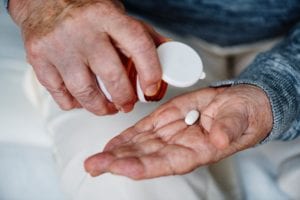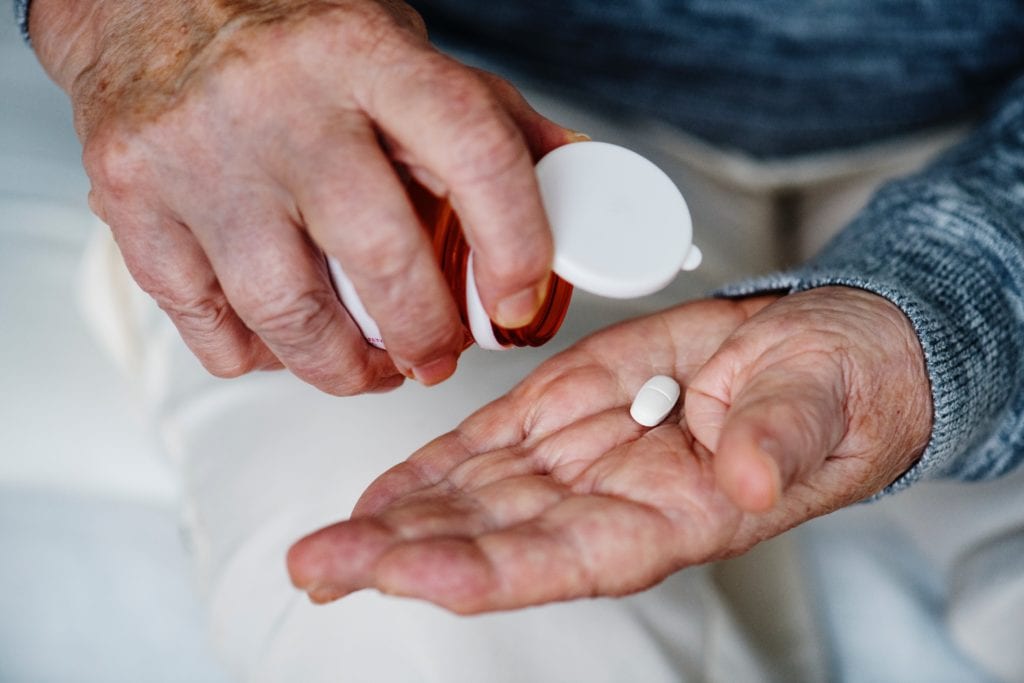
How to Get Clean From Opioids
Of the 61,311 preventable drug overdoses in the United States in 2017, more than 43,000 involved opioids. International Overdose Awareness Day is a global event held Aug. 31 each year to remember those gone too soon from overdose deaths. Opioids are the leading cause of drug overdose in the United States. Preventable opioid overdose deaths increased by 14% in 2017 and 633% since 1999. Benzodiazepines, antidepressants, cocaine, methamphetamines used in combination with opioids or used alone also contribute to these overall statistics. The opioid crisis has contributed to the staggering increase in overdose deaths and although there has been a great deal of funding, awareness, and action to curb the crisis, it is still killing thousands of people each year. Whether an individual is trying heroin for their first time or has purchased opioids laced with another substance; anyone who uses opioids without following directions on the prescription is at risk of overdose. The following are factors that increase your risk of opioid overdose:
- Combining opioids with alcohol or certain other drugs
- Taking high daily dosages of prescription opioids
- Taking more opioids than prescribed
- Taking illicit or illegal opioids, like heroin or illicitly manufactured fentanyl, which could contain unknown or harmful substances
- Certain medical conditions, such as sleep apnea, or reduced kidney or liver function
- Age greater than 65 years old
Addiction kills, even on the first hit
Even a single dose of heroin can start a person on the road to addiction.
Many people experiment with heroin thinking; “I’ll try it once or twice. I can always stop.” It is very possible to overdose on the first or second try, not to mention have the urge to want more triggering an addiction. Addiction, whether it is heroin, sleeping pills, cocaine or alcohol can affect any individual regardless of their age, race, or social status.
“When you first shoot up, you will most likely puke and feel repelled, but soon you’ll try it again. It will cling to you like an obsessed lover. The rush of the hit and the way you’ll want more as if you were being deprived of air—that’s how it will trap you.” –Sam, 15-year old who was addicted to heroin
“My drug use escalated. In addition to Internet orders, I would write prescriptions in the names of my family members. Suddenly, my uncle had knee pain, my father-in-law back problems, my aunt arthritis. I did not think about the record I was establishing of their purported use, nor did I think about the records of my own prescribing practices. I was out of control, but getting by, taking many pills to get through each day”- A practicing physician who became addicted to pills during medical school
Naloxone can save a life
“For patients currently taking high doses of opioids as prescribed for pain, individuals misusing prescription opioids, individuals using illicit opioids such as heroin or fentanyl, health care practitioners, family and friends of people who have an opioid use disorder, and community members who come into contact with people at risk for opioid overdose, knowing how to use naloxone and keeping it within reach can save a life.” – The US Surgeon General, Dr. Jerome Adams.
Naloxone (often referred to by its trade name, Narcan) is a competitive antagonist of the “mu” opioid receptor. This opioid receptor is responsible for the pain-relieving effect of opioids, but when overly activated can lead to a life-threatening decrease in respiratory rate. Naloxone works by kicking off opioids from the receptors, which in effect, elicits opioid withdrawals within minutes of administration. Naloxone can be administered in intranasal form or through injection and is the only life-saving opioid medication currently available. Naloxone can be obtained from your doctor, from some drug addiction treatment centers, and from many pharmacies. Whether you are a physician, a nurse, a first responder or a bystander, you can administer naloxone to anyone who has overdosed on opioids. A landmark study by Dr. Alex Walley and colleagues in 2013 demonstrated that communities, where overdose education and nasal naloxone distribution occurred, had lower rates of overdoses than those that did not.
Kristen Fuller, M.D., is a clinical content writer and enjoys writing about evidence-based topics in the cutting-edge world of mental health and addiction medicine. She is a family medicine physician and author, who also teaches and contributes to medicine board education. Her passion lies within educating the public on preventable diseases including mental health disorders and the stigma associated with them. She is also an outdoor activist and spends most of her free time empowering other women to get outside into the backcountry.
